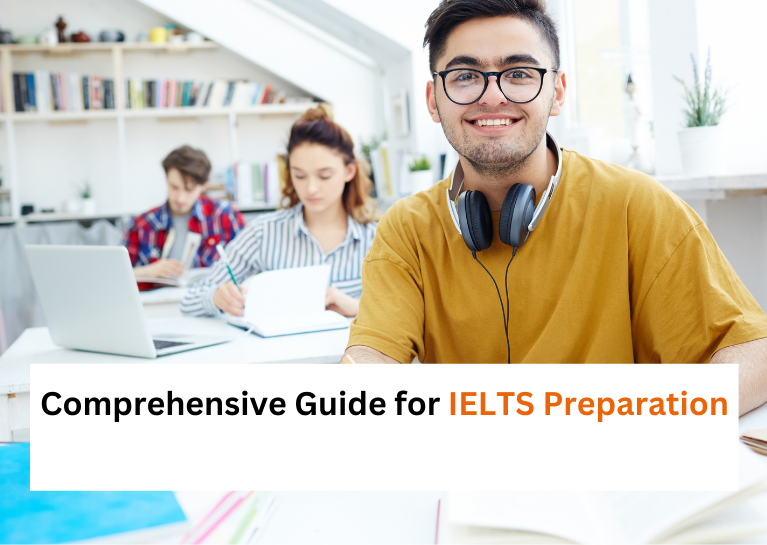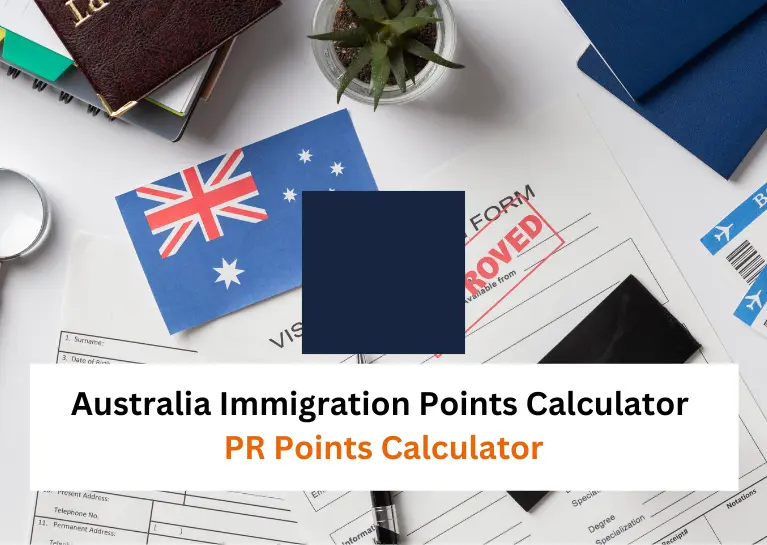Earning a coveted spot in an Australian university is a significant achievement, but the journey doesn’t end there. Securing an Australian student visa is an equally crucial step, and unfortunately, not every application sails through smoothly. Understanding Australian student visa rejection reasons can equip you with the knowledge to maximize your chances of success.
Table of Contents
ToggleTop 10 Australian Student Visa Rejection Reasons
Australia, with its world-renowned education system, attracts a multitude of international students each year. However, due to strict immigration regulations, not all applications are approved. Here are some Australian student visa rejection reasons:
1. Failing to Meet Academic Qualifications:
Each educational institution has specific entry requirements. Not meeting the minimum academic qualifications, such as GPA or standardized test scores, can lead to rejection.
2. GTE Requirement:
The Genuine Temporary Entrant (GTE) is crucial for Australian student visas, ensuring genuine intent to study temporarily. Documented proof and statements are needed. Factors considered include personal, immigration, and educational history, financial capacity, and overall compliance.
3. Invalid Documents:
Legitimate documents are essential for visa approval. Rejection occurs with missing or fake items. Necessary documents include CoE, GTE, passport, language proficiency, financial records, academic transcripts, and OSHC.
4. English Requirement Failure:
International students must pass IELTS or TOEFL. The minimum scores are IELTS 6.5 and TOEFL 8. Failure results in visa rejection.
5. Invalid Passport:
A passport must be issued within the last 10 years and valid for six months post-course completion. Failure leads to student visa denial.
6. Financial Stability:
DIBP ensures financial capacity. Bank statements or proof of financial support from relatives are necessary.
7. OSHC Requirement:
OSHC is mandatory health insurance for international students, covering medical expenses. Failure to maintain it may lead to visa cancellation.
8. Criminal Records:
Past criminal records result in visa denial. Transparency is crucial, even for minor incidents.
9. Course and Educational Provider Not Aligned:
Choosing a course unrelated to your previous studies or selecting an unaccredited educational provider can be seen as suspicious and lead to rejection.
10. Incomplete or Inconsistent Information:
Inconsistency in the information provided across different parts of your application can raise doubts about its authenticity and lead to rejection.
These are just some of the most common Australian student visa rejection reasons. Remember, this list is not exhaustive, and every case is evaluated individually.
Also Read: UK Student Visa Rejection Reasons.
Australian Visa Rejection Medical Reasons
Australia has strict health requirements in place to ensure the well-being of both the individual and the community. Here’s how medical conditions can affect your application:
Active Tuberculosis:
The only medical condition that automatically leads to rejection is active tuberculosis. If you are diagnosed with it, treatment and clearance from a medical officer are necessary before your visa can be reconsidered.
Other Medical Conditions:
Other health conditions, such as chronic illnesses or disabilities, are assessed based on their potential impact on:
- Public health: If your condition poses a significant risk to public health, your application may be rejected.
- Healthcare costs: The Australian government assesses if the potential healthcare costs associated with your condition could significantly burden the public healthcare system.
- Community services: If your condition requires extensive community services, such as long-term support or specialized care, it could lead to rejection.
It’s important to note that not all medical conditions will automatically result in rejection. Each case is assessed individually, and factors like the severity of the condition, treatment plans, and potential costs are considered.
How to Prevent Australian Student Visa Rejection?
Preventing Australian student visa rejection requires proactive planning and attention to detail. Here’s a summary of key steps:
- Research thoroughly: Understand all entry requirements for your chosen university program and visa category.
- Craft a compelling GTE statement: Explain your genuine reasons for studying in Australia, highlighting your academic goals, career aspirations, and ties to your home country.
- Prepare for English tests: Start preparing for English language tests like IELTS or PTE well in advance.
- Demonstrate financial stability: Gather strong financial proof to showcase your ability to cover your expenses.
- Ensure complete and accurate documentation: Double-check all required documents for accuracy and completeness.
- Address health concerns: Complete all mandatory medical examinations and vaccinations well in advance.
- Maintain a good character: Avoid activities that could negatively impact your visa application.
- Choose a reputable educational provider: Opt for accredited universities and registered education providers.
- Be consistent with information: Ensure all information is consistent and accurate throughout your application.
- Consider professional guidance: Seek assistance from registered migration agents or education consultants.
Additional Tips:
- Start early: Allow ample time to gather documents, prepare for tests, and seek guidance if needed.
- Stay organized: Maintain a clear and organized system for all documents and information related to your application.
- Communicate clearly: Be truthful and transparent in your application and any communication with visa authorities.
What to Do After Australia Student Visa Rejection?
If You Face Rejection:
- Understand the reason: Carefully review the rejection letter to identify the specific cause.
- Seek clarification: If the reasons are unclear, request a statement of reasons from the Department of Home Affairs.
- Consider your options: You can re-apply, appeal the decision, or explore alternative pathways.
Re-Applying:
- Address the rejection reason effectively (e.g., improving English language proficiency or gathering missing documents).
- Seek professional advice to enhance your application’s strength.
Appealing the Decision:
- This process is complex and usually requires legal representation.
- Consult with an experienced immigration lawyer to assess your case’s viability and navigate the appeal process.
What Could Be Done if the Appeal to ATT Fails?
- Consult with an immigration lawyer for potential legal avenues or explore alternative visa categories.
- Reassess your plans and consider other educational opportunities.
Remember, Australian student visa rejection is not a definitive setback. By understanding the reasons, taking proactive steps, and seeking guidance, you can increase your chances of success and forge a path toward your academic goals.
Frequently Asked Questions
What Is the Australian Student Visa Rejection Rate?
The Australian student visa rejection rate is approximately 14.0%
What Is the Success Rate of the Australian Study Visa?
The Australian student visa success rate is dependent on the circumstances of the applicant. At present, the student visa success rate is approximately 85.1% – 86.7%







